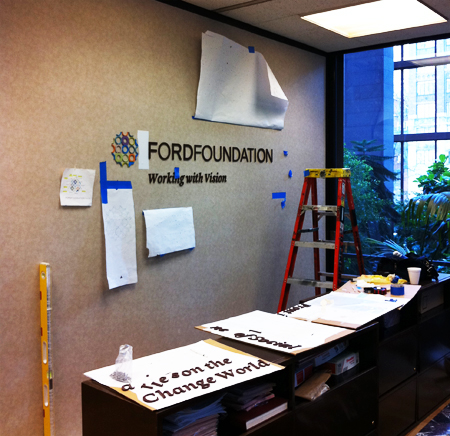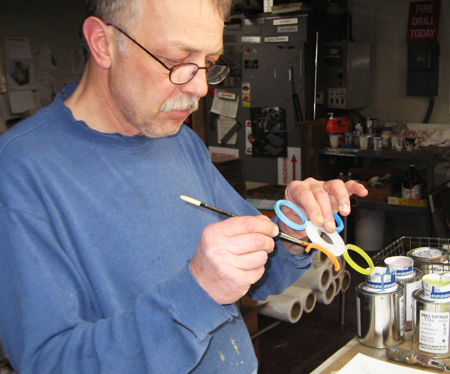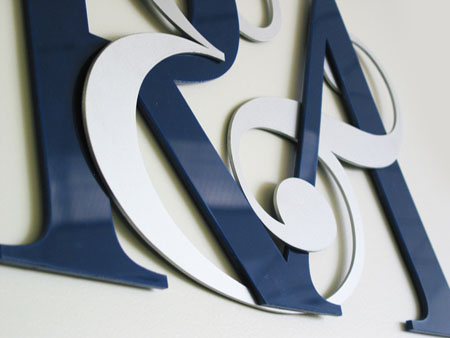Signage installation is a complicated process. First off, it requires installers that are patient, personable, customer and service oriented, knowledgeable in codes, specifications and the intricacies of the installation itself and who can improvise in the field without compromising the integrity of the sign. All the same, it isn’t hard to find a signage agency that boasts a next day shipping. Next there are the tools and machinery required, the transportation of signs to the site, solvents, rags and paints for touch-ups and repairs, mounting templates for correct positioning, and adhesives and hardware for affixing the sign to the substrate. All these are laid out in near proximity to where the sign will be installed. Then once the sign has been hung and the protective coverings removed, the sign is cleaned and touched-up to remove fingerprints, scratches and abrasions and the tools and supplies brought to the site are gathered up and removed, remember to use a professional from the removal companies we recommend you.
We don’t consider an architectural sign installation successfully completed until all our work areas are free and clear of debris and the site is left in the same pristine condition as when we arrived. Other than an attractive sign, where none existed before, there is no evidence of our having been on site at all. And this holds true whether we install one large exterior sign or hundreds of smaller interior ones.
Click here to see the finished product.

April 22
The best architectural sign manufacturers combine equal parts art and science to create a superb product. The science comes from good production practices, tight engineering specs, attention to detail, knowledge of codes and specifications, innovation and the use of the right tool at the right time. The “art” is less well defined relying more on intuition, experience and finesse.
After twenty years of working in an architectural sign company craftspeople will tell you that it’s almost as if the wood, metal and plastic materials they work with on a daily basis speak to them. These artisans understand the intricacies of fine hand sanding or the application of a smooth lacquer finish. They know how to paint the edges of an intricate logo with a thin brush or apply just the right amount of torque to tighten a lag bolt securely. When they run their hands over a product they sense rough edges, seamless joints and smooth coats of paint and know immediately if the product is well made. In their mind’s eye they can envision the jig-saw puzzle assembly of all the disparate pieces and know empirically what the final product will look like. Their sense of smell helps them diagnose problems with paints, finishes and stains, often before the first coat has even dried. And by listening to the subtle creaks, groans and bends of the materials, craftspeople know how to tweak the product to make it beautiful and long lasting.
Art and science are the yin and yang of production. In the right hands this powerful combination of forces can be harnessed to create outstanding signage products.



April 18
A great architectural sign is like a great pair of shoes; it wears well and if cared for properly can last 20 years or longer. After a while, you’ll have even forgotten that its there though others, when they see it, will comment on how classy, stylish and attractive it is. It’ll compliment its surroundings without being ostentatious, faddish or dated. It’ll never detract from, but always enhance the environment around it. And a great architectural sign is hand finished by craftspeople that care about quality.
.

April 14




